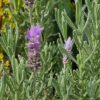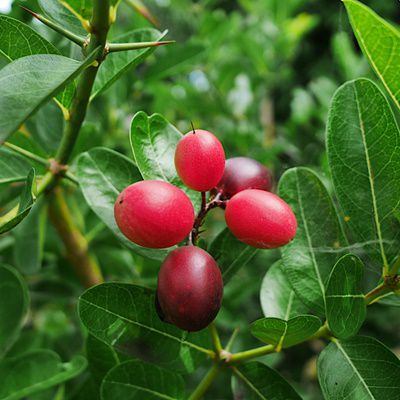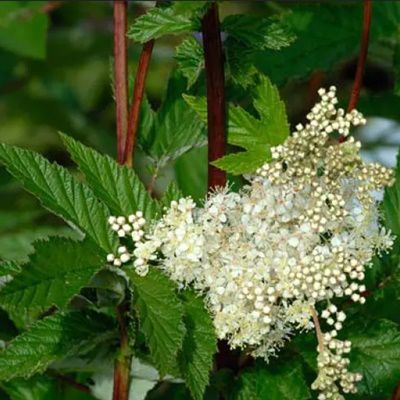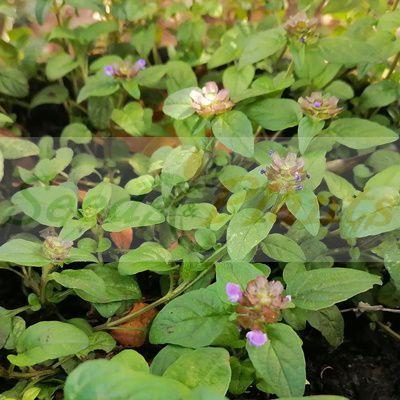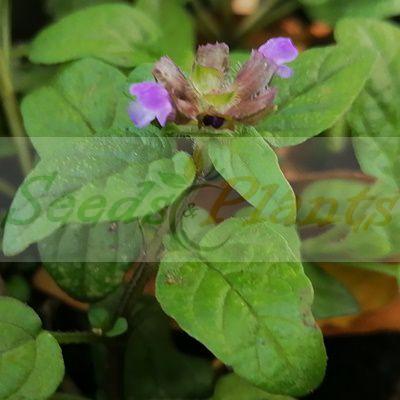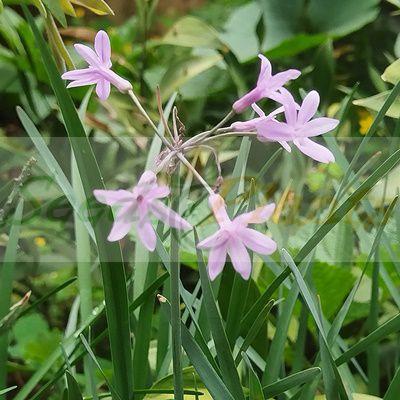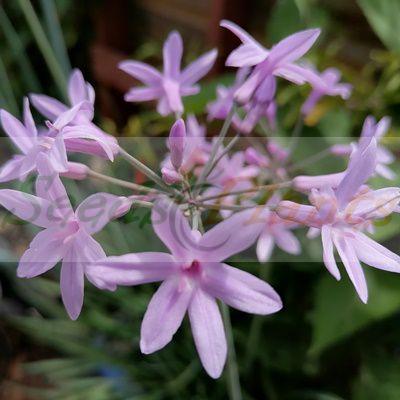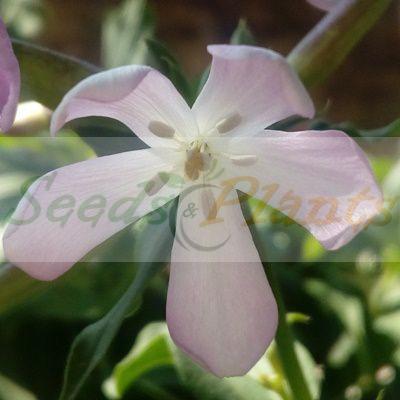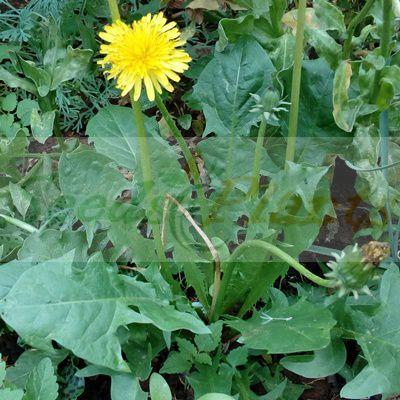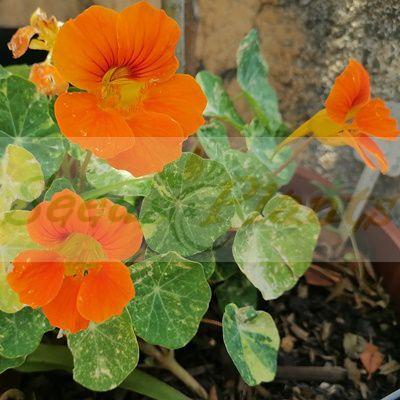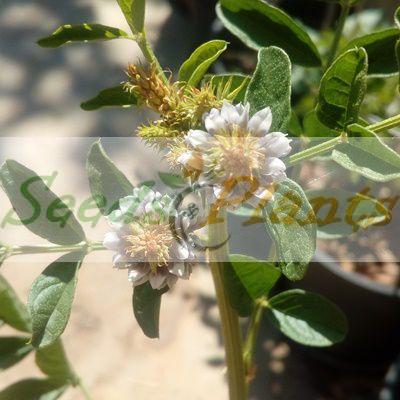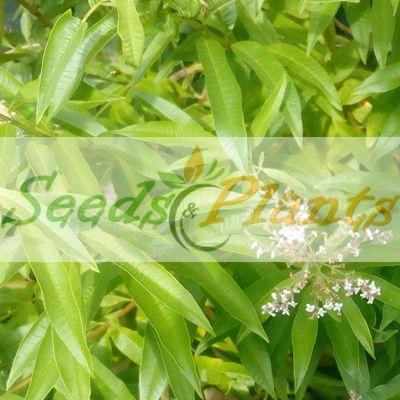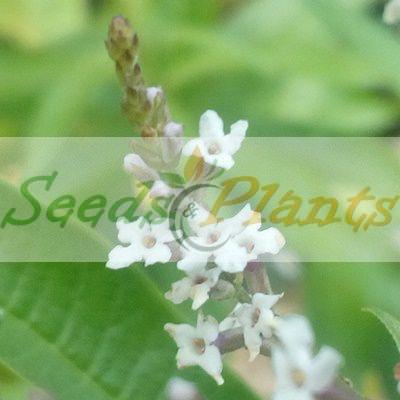🍒 Fruit Quick Facts
Fruit Info
- 🌍 Origin / Region: East Africa, Southern Africa
- 🍽️ Culinary Use: Chutneys, Desserts, Jams and Jellies, Juices and Syrups, Sauces
- 🥗 Edible Part: Fruit
- 😋 Flavor Profile: Sweet and Sour
Medicinal Info
- 🌿 Medicinal Part: Fruit, Leaf, Root, Stem
- 🍵 Herbal Preparation: Decoction, Infusion / Tea
- ⚕️ Healing System: African Traditional Medicine
Growth Traits
- 🌱 Life Cycle: Perennial
- 🌾 Plant Type: Shrub, Tree
- 🔁 Fruiting Needs: Needs Only 1 Plant
- 🪴 Growth Habit: Upright
- 🌸 Flower Color: White
- 🌿 Foliage Type: Evergreen
- 📏 Mature Height: 1.5m-5m
- 🦋 Pollinator Method: Attracts Bees, Attracts Beetles, Attracts Birds, Attracts Butterflies, Attracts Moths
Growing Requirements
- 🌞 Sun Exposure: Full Sun, Partial Shade
- 💧 Water Needs: Avoid Overwatering, Moderate Water
- ☀️ Growing Conditions: Frost Sensitive, Moderately Drought Tolerant, Wind Tolerant
- 🟤 Soil Preference: Loam, Poor Soil Tolerant, Rich Organic, Saline, Sandy, Well-Drained
Forest Num Num – 5 Seeds
(Carissa bispinosa)
R30.00
Forest Num Num is a medium to large spiny shrub or occasionally a small tree. The whole fruit, including the seed, is edible and has a delicious flavor. The berries are also used to make jams and jellies. The plant is also used in Traditional Medicine.
Common names: forest num-num (Eng.); bosnoemnoem (Afr.); isibethankunzi, isabetha (Zul.)
Indoor Sowing: Spring and Early Summer.
Direct Sowing: Spring and Early Summer.
In stock
🍒 Fruit Quick Facts
Fruit Info
- 🌍 Origin / Region: East Africa, Southern Africa
- 🍽️ Culinary Use: Chutneys, Desserts, Jams and Jellies, Juices and Syrups, Sauces
- 🥗 Edible Part: Fruit
- 😋 Flavor Profile: Sweet and Sour
Medicinal Info
- 🌿 Medicinal Part: Fruit, Leaf, Root, Stem
- 🍵 Herbal Preparation: Decoction, Infusion / Tea
- ⚕️ Healing System: African Traditional Medicine
Growth Traits
- 🌱 Life Cycle: Perennial
- 🌾 Plant Type: Shrub, Tree
- 🔁 Fruiting Needs: Needs Only 1 Plant
- 🪴 Growth Habit: Upright
- 🌸 Flower Color: White
- 🌿 Foliage Type: Evergreen
- 📏 Mature Height: 1.5m-5m
- 🦋 Pollinator Method: Attracts Bees, Attracts Beetles, Attracts Birds, Attracts Butterflies, Attracts Moths
Growing Requirements
- 🌞 Sun Exposure: Full Sun, Partial Shade
- 💧 Water Needs: Avoid Overwatering, Moderate Water
- ☀️ Growing Conditions: Frost Sensitive, Moderately Drought Tolerant, Wind Tolerant
- 🟤 Soil Preference: Loam, Poor Soil Tolerant, Rich Organic, Saline, Sandy, Well-Drained
Forest Num Num (Carissa bispinosa) is a medium to large spiny shrub or occasionally a small tree, with an upright growth habit. It can grow to a height of between 1.5m to 5m. It is evergreen and twiggy, the branches exhibiting a repeated forked pattern. The plants contain a milky sap and the branches are often hairy. Spines are once or twice-forked, rarely single, and are sometimes even absent. Leaves are opposite, simple, shortly petiolate, ovate, broadly ovate or ovate-elliptic, with a smooth margin, glossy dark green above, paler below, with short, thorn-like tips.
The star shaped flowers are small, white or tinged pink, with a long, slender corolla tube, sweetly scented and clustered at the tips of twigs. The flowers attract birds and insects to the garden. Fruit are small, ovoid, edible, red berries. It is not uncommon to find fruit and flowers on the same plant.
They thrive near the coast or in gardens inland where winters are mild. They can be grown in gardens that have moderate frost, but the rate of growth is much slower in areas where winters are cold.
Common names: forest num-num (Eng.); bosnoemnoem (Afr.); isibethankunzi, isabetha (Zul.)
Culinary Uses:
- The whole fruit, including the seed, is edible and has a delicious flavor.
- Traditionally, the plants are not only used for the edible fruit but the berries are also used to make jams and jellies.
CAUTION: Only the ripe, red fruit should be eaten; all other parts of the plant, including the leaves and stems which contain a milky sap, are considered toxic.
Traditional Benefits:
- An infusion or decoction of the roots is traditionally used to treat toothache.
- Infusions from the roots are consumed to alleviate stomach aches, coughs, and chest complaints.
- Roots are also used to treat oral infections.
Growing Forest Num Num:
Indoor Sowing: Spring and Early Summer.
Direct Sowing: Spring and Early Summer.
- Fill a seedling tray with a well-drained mixture of compost and fine, washed river sand (about 1:2 ratio).
- Compact the soil lightly.
- Sow the seeds on the soil surface.
- Cover the seeds with a thin layer of soil or compost and water well.
- Place the tray in a warm, bright area that is protected from strong wind and direct, harsh sunlight.
- A temperature of 20-25°C is optimal for germination.
- Keep the soil mix consistently moist, but not overly wet, to avoid rot.
- Germination in about 6 weeks, though it may take much longer, so patience is required.
- Once the seedlings have germinated and developed their first true leaves, transplant them into individual pots or a well-composted garden bed.
- Young plants need to be sheltered from cold for the first years as a precaution.
Can this plant be grown as a shrub or a tree?
Forest Num Num can be maintained as a shrub with pruning, or allowed to grow into a small tree depending on growing conditions.
Can this plant be used for culinary purposes?
Forest Num Num is traditionally used for culinary purposes such as chutneys and desserts.
Does this plant have medicinal uses?
Traditionally, Forest Num Num has a history of use in African Traditional Medicine. Seeds are sold for cultivation purposes only.
Disclaimer
Medicinal Information:
All medicinal information on this website is for educational and informational purposes only and may not be construed as medical advice. The information is not intended to replace medical advice or treatment offered by healthcare professionals.
Seeds, Plants, Plant Cuttings, Geophytes and Dried Herbs:
In some countries and provinces, certain plants are deemed as invasive and are not allowed to be planted at all, whilst some plants are allowed to be grown only in certain areas or provinces. The onus is on you as the buyer to familiarize yourself with the regulations pertaining to your location, before purchasing any of our seeds, plants, plant cuttings, geophytes or dried herbs. We will not be held liable, should you purchase any seeds, plants, plant cuttings, geophytes or dried herbs. from us which are prohibited in your country or province.

